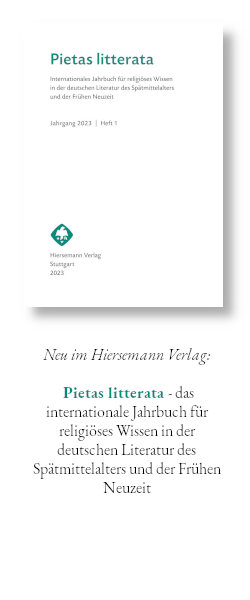Musik und Performanz in Klassiker-Handschriften des 9. bis 12. Jahrhunderts
DOI:
https://doi.org/10.36191/mjb-2019-54-3-2Abstract
Medieval manuscripts of classical authors in which selected passages or single verses have been neumed are among the most noteworthy sources in the intersection of musicology and philology. Witnessing musical performances of pagan-ancient texts,the neumes contribute to a long under-represented area of profane singing in the Early and High Middle Ages as well as to the field of reception history. At the same time, they permit rare insights into the recitation of metrical verses and thus provide information on questions that have always been controversially discussed in both disciplines: First, the musical notation refute the widespread assumption that quantitative hexameters were not intended for singing and have not been sung at all during the Middle Ages. Furthermore, in many cases the neumations clearly indicate which text-related (syntax or versification?) and articulatory (prose speech or verseemphasis?) parameters were relevant to the musical performance, showing a remarkably wide spectrum which ranges from a mere scanning through realizing different strategies of verse declamation to performing melodies individually conceived forcertain passages. Thus, the neumation of the classics provide information that lead far beyond the music-related realization in the narrower sense and allow more general conclusions on articulation strategies in medieval dealing with prosodic texts. On the basis of revealing examples from the extensive source material on Vergil, Statius, Lucan, Horace and Terence, the article introduces in different performative approaches to ancient verses in the Middle Ages and puts the perspectives to begained from an intensified interdisciplinary examination of this fascinating sourcematerial up for discussion.
Keywords: Reception history, prosody, classics, Vergil, Lucan, Stace, Terence, Horace, neumation, musical performance, musical notation, musicology, philology, codicology


